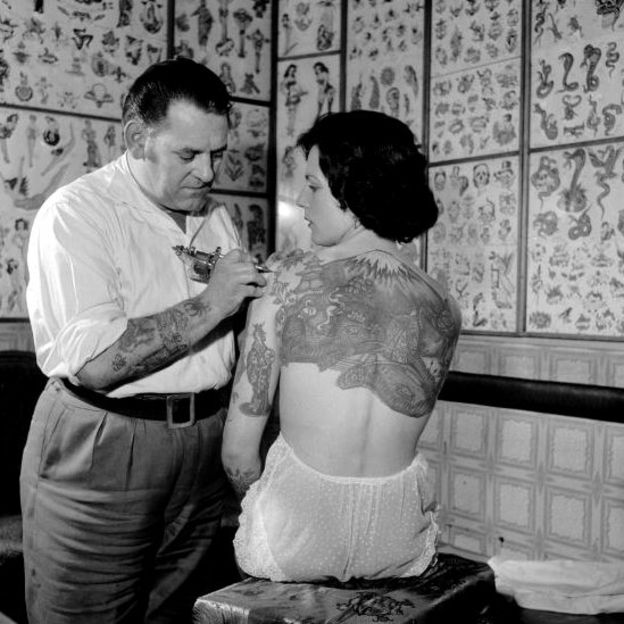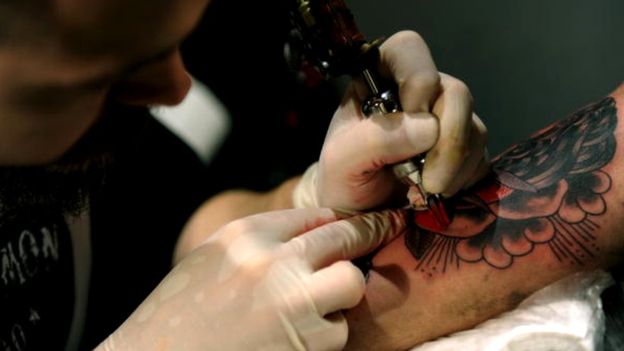British history and tattoos – interesting facts
The tattoo has a rich and interesting history. For centuries, it has been a way for young British people to protest and show their individuality. Few people know that even Britain owes its name to this art form to some extent..
Royal tattoo
In the century before last, tattoos were a very fashionable and at the same time scandalous attribute for young aristocrats. In 1881, even the grandson of Queen Victoria decided to demonstrate his defiance in this way. The young prince chose the image of a blue-red dragon.

History of Britain and tattoos – interesting facts – photo 1
The young man’s act caused a surge of public interest. All the English newspapers wrote about it, and the news was passed by word of mouth. Very soon she was overgrown with rumors. It was even said that the prince wished himself to get an arrow tattoo on his nose. Everything came to the fact that the prince’s mother wrote an angry letter to her son.
Although the arrow story turned out to be just a rumor, people received royal approval for this new trend. Therefore, very soon, drawings on the body became extremely popular among rich people. Everyone who went to Japan on business came back with a tattoo.
The industry developed in Britain, as well as in other European countries. Although the fashion began only then, the history of tattooing dates back to much more ancient times..
Why Britain became Britain
For the first time about the drawings on the body of the inhabitants of the peninsula was told by Caesar in his “Notes on the Gallic War.” Then he narrated about the local tribes of the Britons, whom he encountered in battle. Warriors painted their bodies with blue paint to intimidate the enemy. However, some researchers believe that it was not temporarily applied paint, but tattoos..

History of Britain and tattoos – interesting facts – photo 2
This tradition made a great impression on the Romans, because the tribes began to be called “pretan” – “painted”. For young people, this was a kind of test of courage and a way to prove their adulthood. Britain owes its name to such brave men.
The tradition has been preserved for many centuries. When Britain was conquered by the Normans, they adopted the art of tattooing. However, the drawing on the body acquired its modern appearance a little later..
Indian heritage
Great impetus for the development of British culture occurred during the development of the territories of North America. Then the Europeans got acquainted with the traditions of local tribes and learned that they put drawings of animals, plants and other objects on the body..
When the Indians were brought to Britain, their appearance struck prim Europeans. Moreover, after that, a new wave of popularity of tattoos has risen. They were especially loved by the pilgrims who went to the East for the tomb of Jesus..
However, the tattoo acquired its name after about three centuries. During one of his travels, D. Cook learned that the natives call their drawings on the body this way. He brought the name to Britain.

History of Britain and tattoos – interesting facts – photo 3
Tattoo owes Albion not only its name, but also its popularity. Thanks to this state, a whole industry appeared that has survived to our days..
Decorating your body with tattoos is popular among people of different ages and social backgrounds. The ancestors of modern Britons would surely have approved such a continuity of generations..
Prepared by: moreya (Elena Petrova)
